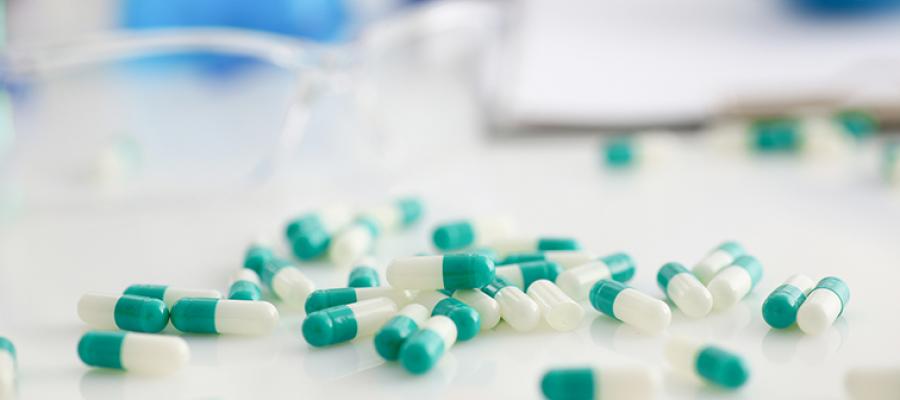Study: U.S. experiences rapid growth in specialty drug spending

Specialty drugs more than doubled as a share of retail fills for the overall U.S. population between 2010 and 2017, according to a study using various sources and published in Health Affairs, growing from 1% to 2.3%.
Despite representing a small percentage of overall prescriptions, spending on these drugs accounted for approximately half of the country’s total spending on retail, mail-order and provider-administered drugs in 2018; however, the study noted that the cost of these drugs are difficult to track due to the use of manufacturer rebates.
Net spending was divided at 31.5% for all retail and mail-order drugs for Medicare Part D, 37.8% for Medicaid and 43.6% of private drug spending.
Related News Articles
Headline
The White House April 15 released an executive order directing federal agencies to undertake a broad range of tasks aimed at reducing the costs of prescription…
Headline
The Department of Commerce yesterday released notices announcing national security investigations on imports of pharmaceuticals, pharmaceutical ingredients and…
Headline
The AHA Feb. 28 filed a friend-of-the-court brief in the U.S. Court of Appeals for the 4th Circuit, urging the court to affirm a decision by the U.S. District…
Headline
Sens. Dick Durbin, D-Ill., and Chuck Grassley, R-Iowa, Jan. 23 introduced the Drug-price Transparency for Consumers Act, legislation supported by the AHA that…
Headline
The Department of Health and Human Services Jan. 17 announced 15 Medicare Part D drugs selected for the latest round of price negotiations. Negotiations will…
Headline
Prices for the top 25 brand-name Medicare Part D drugs have increased by an average of 98% since entering the market, according to a report released Jan. 9 by…

